How to avoid data loss on the home NAS
“Many private users buy a NAS and assume that their valuable data is automatically protected against loss. But it‘s not quite that simple.
To prevent data loss, users must configure the NAS correctly and back up their data to another storage device regularly. In addition, they should have detailed knowledge about the NAS system – not only deal with it when there is a problem. Then the stress is usually high, and the inexperienced user easily makes mistakes that can prevent the data rescue.“
Rainer W. Kaese, Senior Manager, HDD Business Development at Toshiba Electronics Europe GmbH
Today, many households are equipped with a network-attached storage (NAS) system as their central storage for all kinds of data. In addition to the music and video archive, important documents and countless private photos and videos are usually stored there, which are invaluable to their owners and would be painful if lost. Most users believe that their data is safe and well protected on the NAS, which is the case, but only if a few basic rules are observed.
Toshiba Electronics Europe GmbH explains, how users can minimise the risk of data loss on their home NAS:
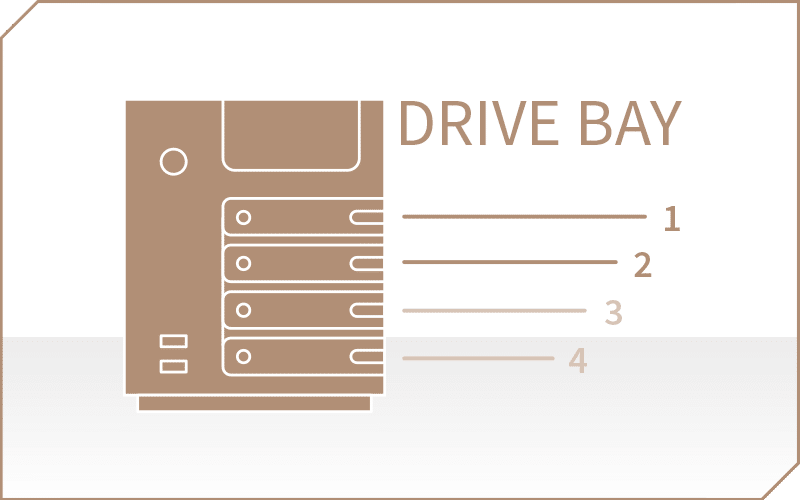
Make sure you have at least two drive bays: While there are some NAS systems on the market with only one drive bay, these offer no protection against data loss in the event of a hard drive failure. Two drive bays are the minimum for a NAS – and sufficient for most users. Devices with space for four or more hard drives are only worthwhile for very large data volumes or high-performance requirements.
Choose a suitable location for the NAS: Placing the NAS directly next to the computer may be convenient, but it is easy for burglars to find. Thieves usually don‘t care about the data, but they still like to grab the valuable technical device if it is easily accessible. Therefore, a hidden location is better, for example in a wall cabinet or in a dry cellar that is not at risk of flooding.
Be sure to use NAS hard disks: For NAS systems, hard disk drives (HDD) manufacturers offer special NAS drive series’ that are designed for use in network storage and work perfectly with the devices. Normal desktop HDDs may be somewhat cheaper, but in the long run, they are not capable of 24/7 operation and the higher workloads. The error and failure risks are much higher than with NAS HDDs.
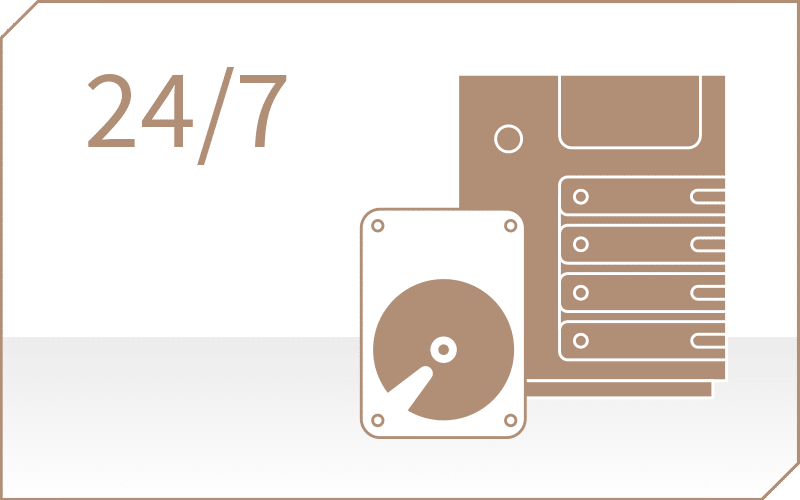
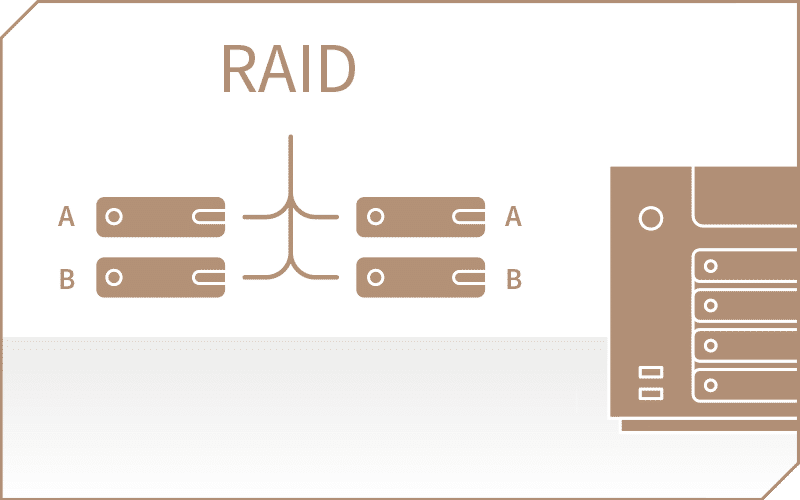
Set up a RAID 1 or higher: To avoid losing data in the event of a hard disk failure, users must configure the HDDs in their NAS as a RAID. Setting up the disks as individual drives or as one large contiguous drive does not provide fail-safety. In a RAID 1, which is typical for devices with two HDDs, the NAS stores all data redundantly mirrored on both disks. If one HDD fails, the complete data is still available on the other HDD – users should then replace the defective HDD as soon as possible so that the NAS can restore a complete mirroring of the data. While the usable storage capacity in a RAID 1 corresponds to the size of the smallest hard disk, NAS systems with four or more disks also support higher RAID modes in which a larger proportion of the total storage capacity can be used.
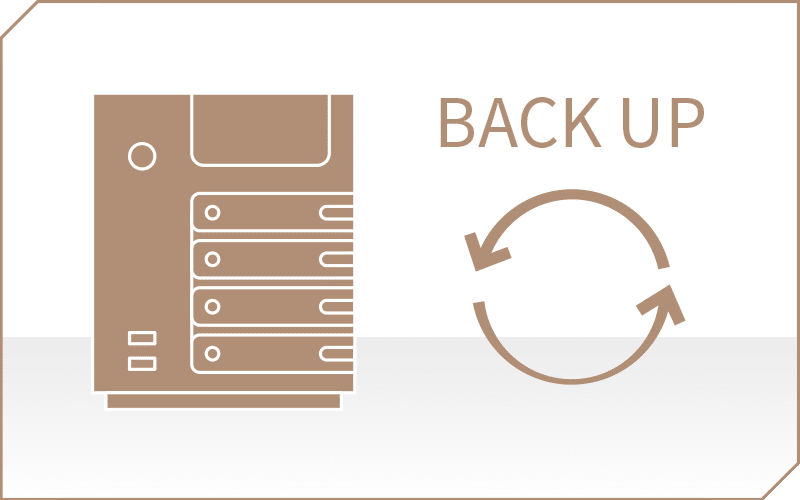
Do not forget backups: Even a NAS needs regular data backups because the RAID only protects against data loss due to hard disk failures. With a classic backup, users also avoid data loss due to ransomware attacks, theft of the NAS, device defects as well as fire and water damage. A backup can be easily created on USB hard disks as most NAS systems come with a USB 3.0 interface and can be set up to copy the entire data stock or selected directories to the external storage as soon as it is connected. Users should store the USB hard drive somewhere other than at home so that, in the event of an emergency, it does not fall victim to the same damaging event or theft as the NAS.
Recognise the emergency and know what to do: In order to avoid data loss due to configuration errors or incorrect operation, users should familiarise themselves in detail with their NAS and its webbased configuration interface. They need to know not only how to set up the device correctly, but also how to recognise hard disk defects and malfunctions – and what to do next. It makes sense to set up email notifications about problems with the NAS and the drives. Although most NAS show the hard disk status through status LEDs on the device housing, these are not usually within sight. Without email notification, a hard drive may fail without the user noticing because all data is still available through the RAID.
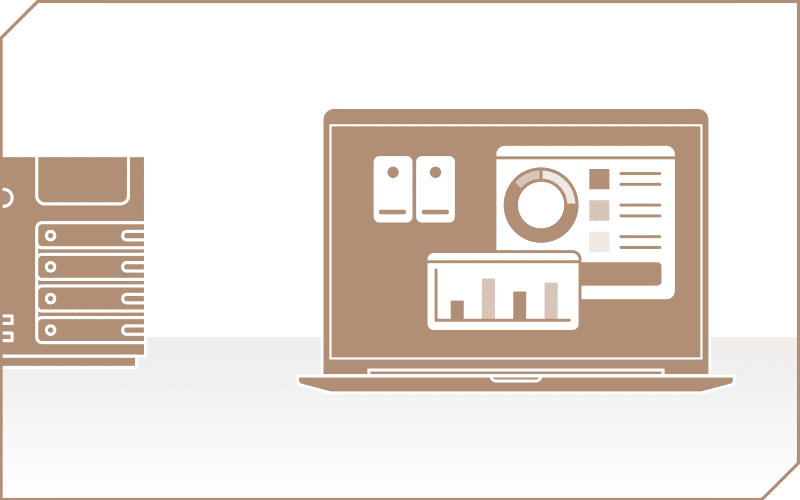
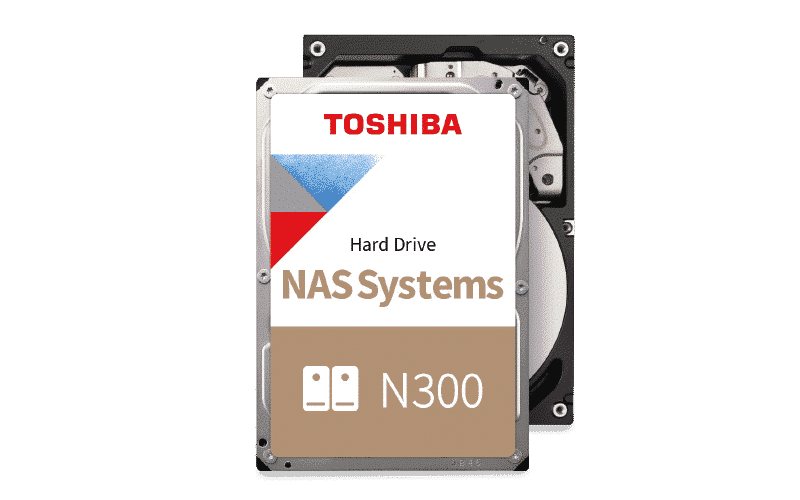
Technical data N300
The 3.5-inch N300 NAS Hard Drive offers unprecedented reliability for NAS and other high-performance storage systems. It is optimized to meet the reliability, endurance, performance and scalability requirements of 24-hour x 7-day high-capacity storage for personal, home office and small business use. The N300 is available in capacities of up to 18 TB.
View More: Toshiba N300 Internal Hard Drive
